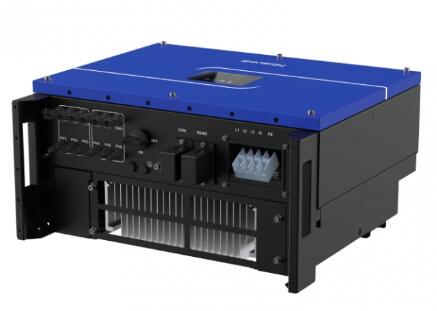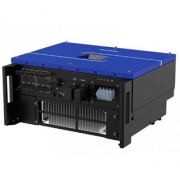Can I Cook with Electric Appliances Using An Inverter?
Cooking with electric appliances has become an integral part of our daily lives. From cooking breakfast to preparing dinner, we rely on our electric appliances to make our lives easier. But what happens when we are off the grid or experience a power outage? Can we still cook with electric appliances using an inverter? In this article, we explore the possibility of cooking with electric appliances using an inverter and the things you need to consider before doing so.
Understanding Inverters
Before we dive into cooking with electric appliances using an inverter, it’s essential to understand what an inverter is. An inverter is an electronic device that converts DC (direct current) electricity from a battery or solar panel into AC (alternating current) electricity, which is used by most household appliances.
The Power Requirement
The first thing to consider before using an inverter for cooking with electric appliances is the power requirement of the appliance. Electric appliances have a power rating, which is the amount of power they need to run. This rating is usually indicated in watts and can be found on the appliance itself or in the user manual.

To calculate the power requirement of your electric appliance, simply multiply the wattage of the appliance by the amount of time you plan to use it. For example, if you plan to use a 1000-watt electric stove for 1 hour, the power requirement would be 1000 watts x 1 hour = 1000 watt-hours.
Choosing an Inverter
Once you have determined the power requirement of your electric appliance, the next step is to choose an inverter that can handle the load. Inverters come in different sizes and power capacities, so it’s essential to choose one that can handle the power requirement of your appliance.
When choosing an inverter, it’s important to consider the surge rating, which is the amount of power the inverter can handle for a short period, usually a few seconds. This is important for electric appliances that require a higher power rating when starting up, such as refrigerators or air conditioners.
Cooking with Electric Appliances using an Inverter
Now that you have a better understanding of inverters and how to choose one, let’s explore cooking with electric appliances using an inverter. While it is possible to cook with electric appliances using an inverter, it’s important to remember that the power requirement of these appliances can be high.
Electric stoves, for example, can have a power rating of up to 4000 watts, which is a significant amount of power. This means that you would need a large capacity inverter and a high-capacity battery to power the stove for an extended period.
Alternatively, you can opt for smaller electric appliances such as electric kettles, toasters, or microwaves that have a lower power rating and are more suitable for use with an inverter.
Things to Consider
Before you start cooking with electric appliances using an inverter, there are a few things to consider. Firstly, you need to ensure that the inverter is connected correctly and that the battery has enough charge to power the appliance.
Secondly, you need to be aware of the power rating of the appliance and choose an inverter that can handle the load. Failure to do so can damage the inverter and the appliance.
Finally, it’s important to remember that using an inverter to power electric appliances can drain the battery quickly, so it’s essential to have a backup power source or a way to recharge the battery.
Conclusion
In conclusion, cooking with electric appliances using an inverter is possible, but it requires careful consideration of the power requirement of the appliance and the capacity of the inverter. By understanding the power requirement of your appliance and choosing the right inverter, you can enjoy the convenience of cooking with electric appliances even when off. We are an inverter manufacturer. If you are interested in our products, please contact us now!




